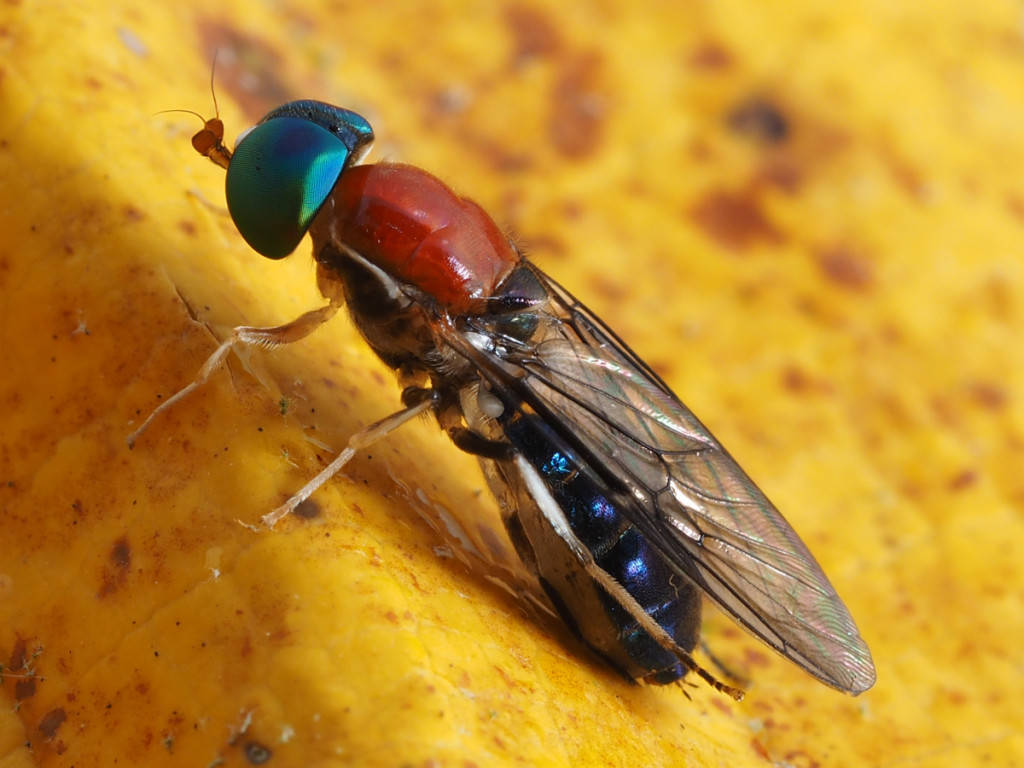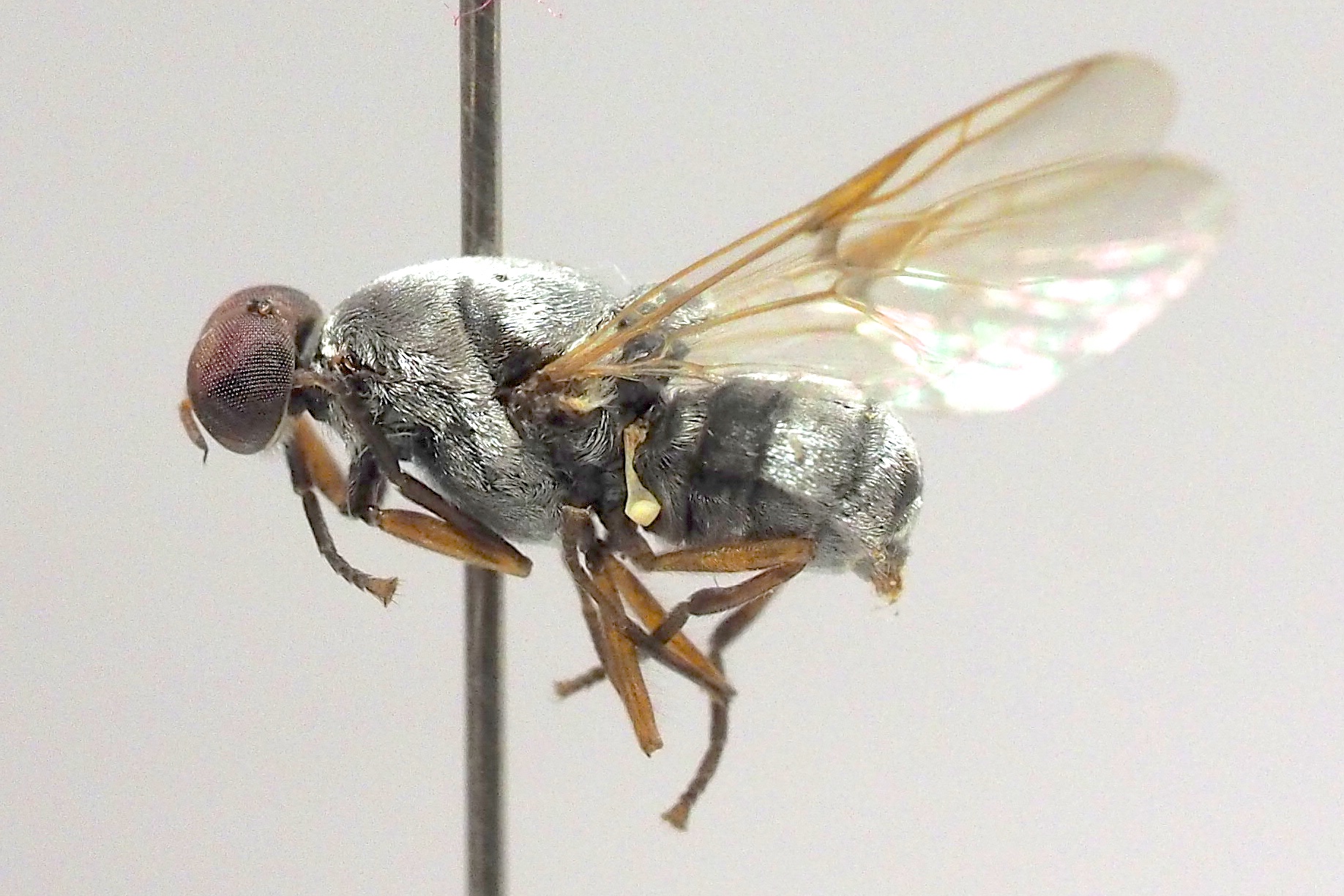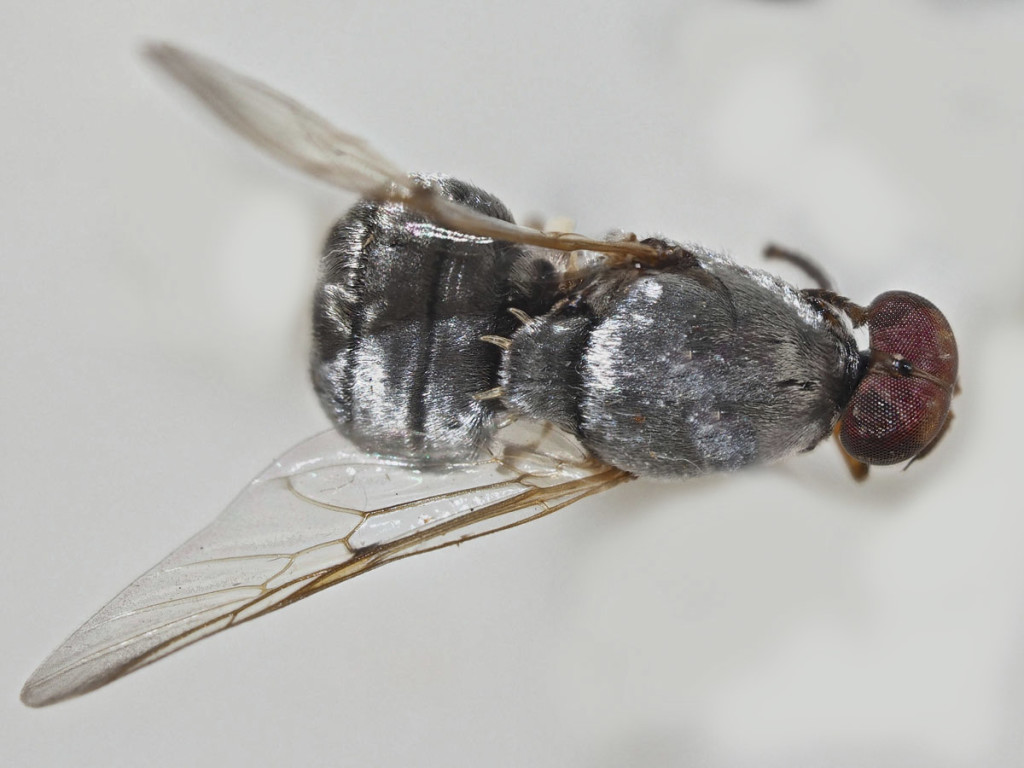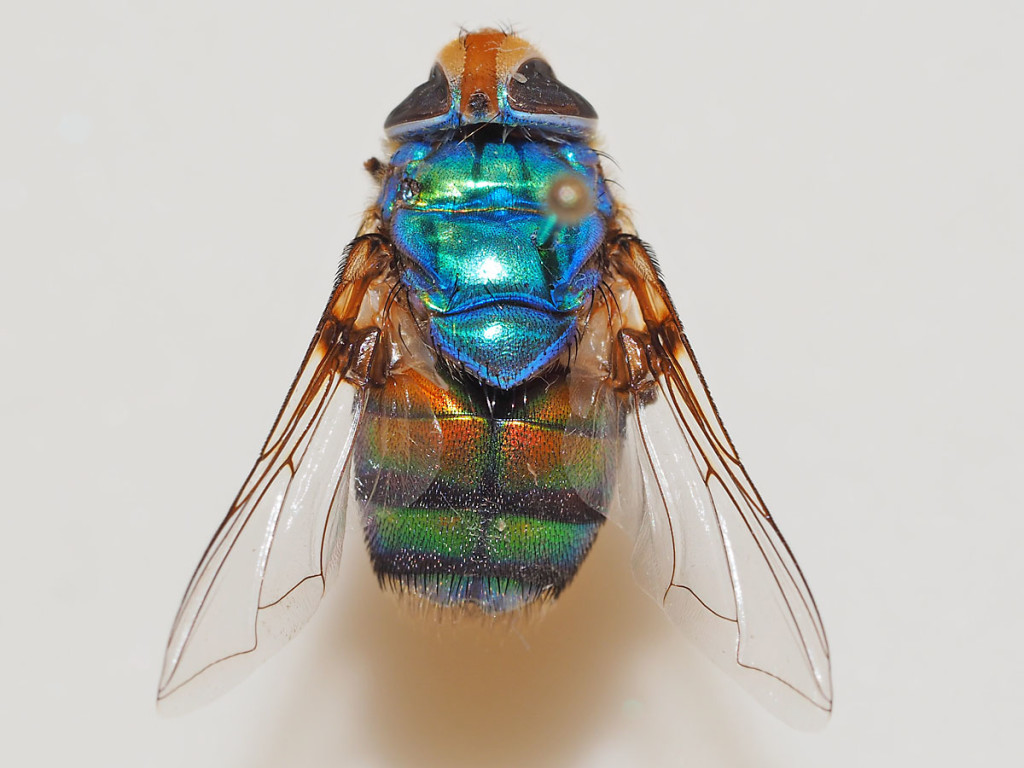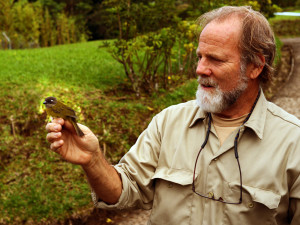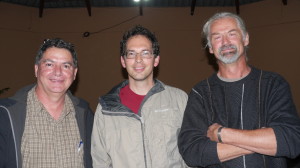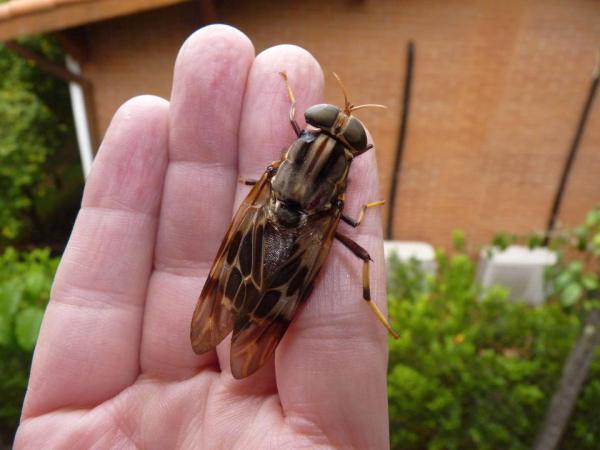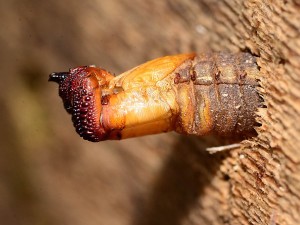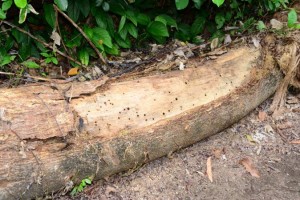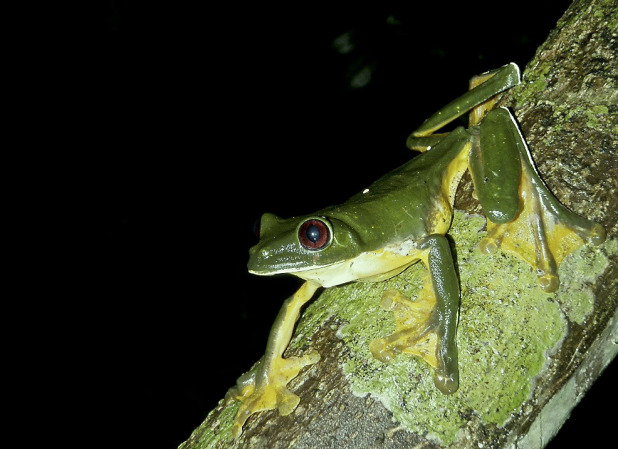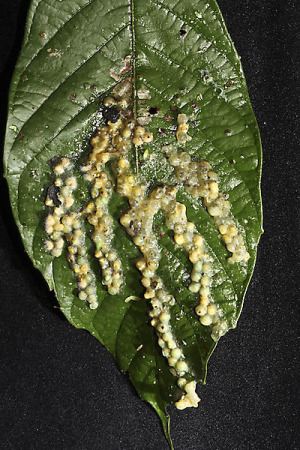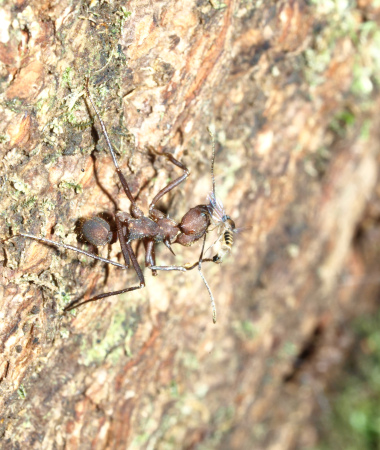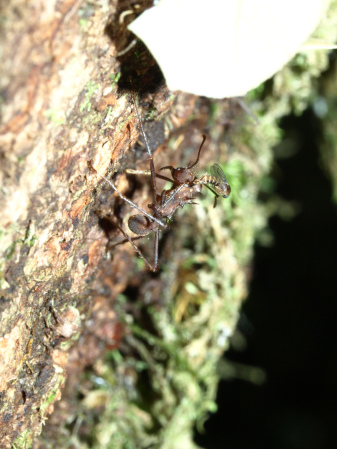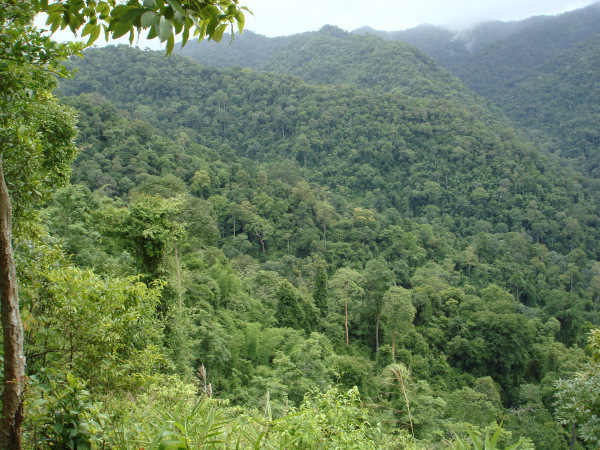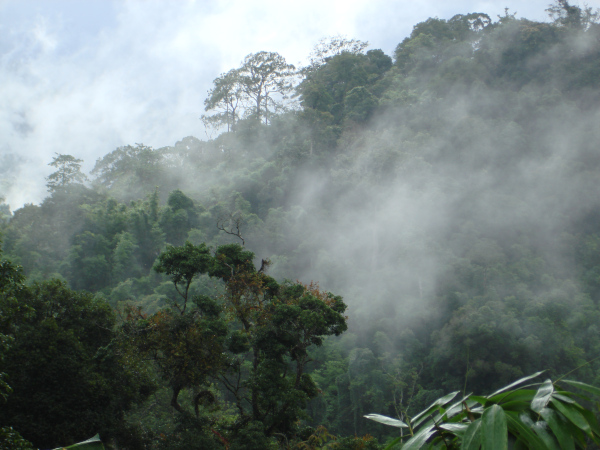It is amazing to me that some phorid flies are found in multiple environments around the world. Less surprising are the scavengers that live mostly in human-built structures or that need scraps of our civilization to thrive. Usually, these scavengers are well-known to us, through their large numbers and occasional nuisance status. But what about the”white-tailed phorid” (I just made that name up, based on the Latin name!), an obscure but seemingly ubiquitous fly?
 There is no question that this 1.5 mm long fly is well-named: the male genitalia are a shocking white in comparison to the rest of the rather dingy brown body. It was described in 1910 from England, and is well-known from other parts of the world such as Finland, Israel, and China. It is also found in the two big fly inventories that I am part of: the Los Angeles County Natural History Museum’s urban biodiversity project called “BioSCAN” and the Costa Rican “ZADBI” project in a tropical cloud forest.
There is no question that this 1.5 mm long fly is well-named: the male genitalia are a shocking white in comparison to the rest of the rather dingy brown body. It was described in 1910 from England, and is well-known from other parts of the world such as Finland, Israel, and China. It is also found in the two big fly inventories that I am part of: the Los Angeles County Natural History Museum’s urban biodiversity project called “BioSCAN” and the Costa Rican “ZADBI” project in a tropical cloud forest.
How can a species live in such disparate climates and habitats? Nobody knows, just as nobody knows what the larvae of this fly eat. I have looked at specimens from both North America and Costa Rica, and I am sure they are morphologically the same species, not two species masquerading as one doing different things in different places. It is one of thousands of Megaselia worldwide that we know nothing about, but discovering phorid lifestyles is part of our* phorid research effort. Obviously, we have a long way to go when such a widespread species remains a mystery.
*Note, when I say “our”, I mean the few people worldwide actively pursuing phorid research, including our group here at LACM, consisting of Emily Hartop, Lisa Gonzalez, and me.

